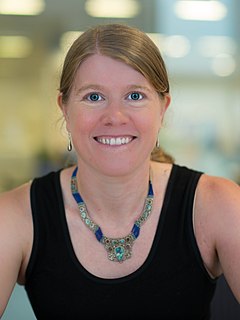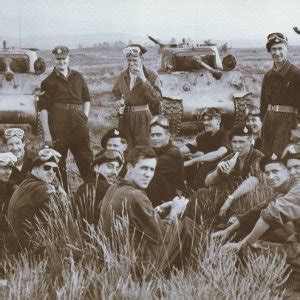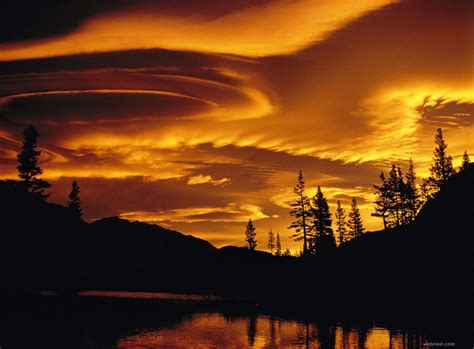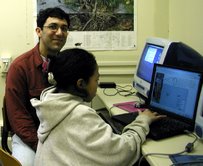A Quote by Sarah Parcak
Archaeologists have used aerial photographs to map archaeological sites since the 1920s, while the use of infrared photography started in the 1960s, and satellite imagery was first used in the 1970s.
Quote Topics
Related Quotes
The only technology that can 'see' beneath the ground is radar imagery. But satellite imagery also allows scientists to map short- and long-term changes to the Earth's surface. Buried archaeological remains affect the overlying vegetation, soils and even water in different ways, depending on the landscapes you're examining.
"Study Bible" is the expression used for Bibles that include significant explanatory notes, usually at the bottom of the page, sometimes in the margins. Often a Study Bible will also include some brief articles, photographs of geographical and archaeological sites, fairly extensive maps, and charts that summarize a lot of information.
I was the first artist, I think, to ever do an all-keyboard album. There were things that resembled it, like Stevie Wonder. A lot of his stuff was on keyboards, but he used brass and he used other things as well. I was the first artist, also, to use drum machines. I was really the one who kind of started that whole thing.
I started collecting aerial photographs of Native American and South Pacific architecture; only the African ones were fractal. And if you think about it, all these different societies have different geometric design themes that they use. So Native Americans use a combination of circular symmetry and fourfold symmetry.




























